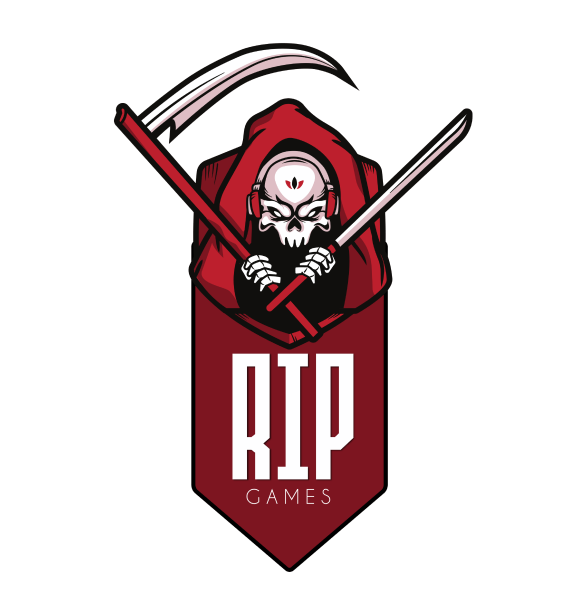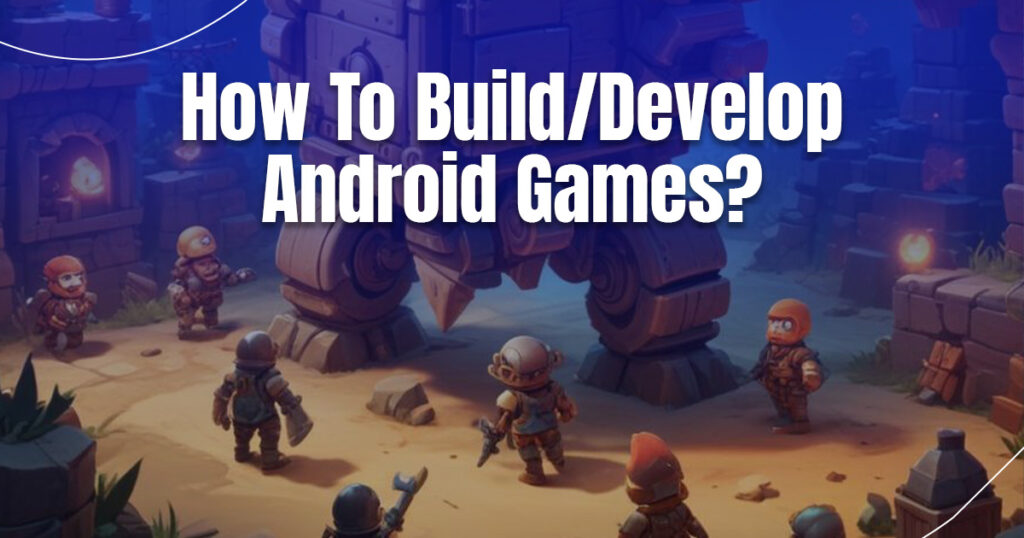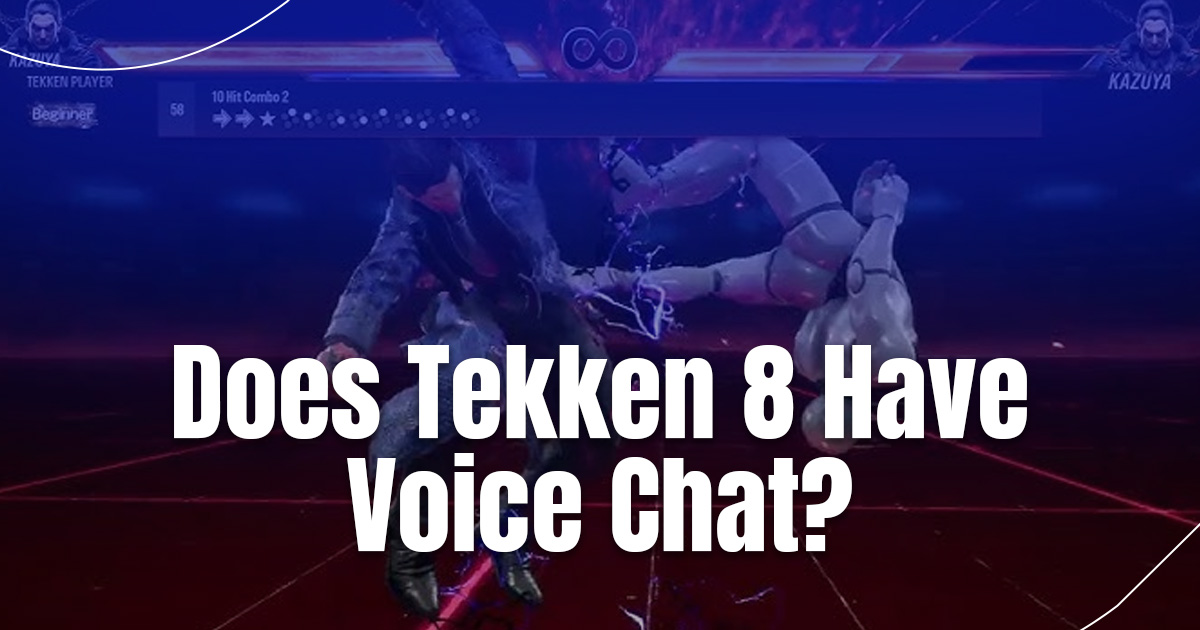The mobile gaming industry has exploded into a titan of entertainment, it was projected to generate over $92.6 billion in revenue in 2023. A significant portion of this staggering figure comes from Android devices, representing countless players worldwide hungry for new experiences, challenges, and stories. This presents an unprecedented opportunity for developers to make their mark in the digital realm, whether you’re dreaming of creating the next viral sensation, crafting an indie masterpiece, or simply exploring game development as a passion project.
What makes Android game development particularly exciting is its unique blend of accessibility and potential. With over 2.5 billion active Android devices worldwide, your game has the power to reach an incredibly diverse audience, spanning all age groups, interests, and gaming preferences.
Getting Started: Understanding the Android Platform
The Languages and Tools
Android games typically use one of these three languages:
- Kotlin
- Java
- C++
Don’t worry if you’re not a master of all three – you can create amazing games with just one! The Android Software Development Kit (SDK) is exactly what you need. It’s packed with tools that help you turn your code into something that Android devices can understand and run.
Your Workspace: The Development Environment
Now, where do you actually write your code and bring your game to life? The Android Studio – the official Integrated Development Environment (IDE) for Android development. It is a fully-equipped workshop, complete with:
- A code editor (your digital notepad)
- An emulator (to test your game without a physical device)
- Debugging tools (to catch those pesky bugs)
Step By Step – Design and Planning
Step 1: Conceptualization
This is the fun part where you let your imagination run wild. Ask yourself:
- What kind of game do I want to make? (Action, puzzle, adventure?)
- Who’s going to play it? (Kids, adults, casual gamers, hardcore players?)
- What’s the story or goal of the game?
Brainstorm game mechanics, storylines, and objectives. Remember, the best ideas often come when you’re not trying too hard – so don’t be afraid to think outside the box!
Step 2: Prototyping
This prototype helps you:
- Test if your ideas actually work in practice
- Identify potential issues early on
- Get a feel for the gameplay
Step 3: Design
You’ll need to develop:
- Visual elements (characters, backgrounds, UI)
- Audio components (music, sound effects)
Tools like Unity or Unreal Engine can be super helpful here, especially if you’re creating 3D models and environments. They’re like digital art studios for game developers!
The Development Process
The Game Loop
The game loop keeps everything running smoothly by handling:
- Game logic (What happens when?)
- Rendering (What do players see?)
- User input (How do players interact?)
Making It Look Good: Graphics and Rendering
To make your game visually appealing, you’ll use graphics APIs. The two big players in the Android world are:
- OpenGL ES
- Vulkan
Vulkan is the new kid on the block, known for its performance improvements. Fun fact: It’s used in high-end mobile games like Call of Duty Warzone Mobile!
User Interface
A great game needs a great interface. This includes:
- Menus (How players navigate your game)
- HUDs (Heads-Up Displays – showing important info during gameplay)
- Control schemes (How players interact with your game)
Remember, the best interfaces feel intuitive and don’t get in the way of the fun!
Polishing Your Gem: Optimization and Testing
You’ve built your game, but the work isn’t over yet. Make sure it runs smoothly and works on all kinds of devices.
Performance Optimization: Making Your Game Run Like a Dream
Use tools like the Android GPU Inspector to analyze and optimize your game’s graphics performance. Your goals here are:
- Reducing load times
- Improving frame rates
Device Compatibility
Android devices come in all shapes and sizes. Your job is to make sure your game looks and plays great on all of them. This means testing on:
- Different Android versions
- Various screen sizes
- A range of device capabilities
Bug Testing
This usually involves:
- Alpha testing (In-house testing)
- Beta testing (Getting real users to try your game)
Remember, feedback from real players is gold – it helps you see things you might have missed.
Sharing Your Game: Publishing and Marketing
You’ve poured your heart and soul into your game. Now it’s time to share it with the world!
Publishing
The Google Play Store is your main stage. To get your game up there:
- Make sure you comply with Google Play’s policies
- Prepare all the necessary assets (screenshots, descriptions, etc.)
- Submit your game for review
It’s like preparing for a big performance – everything needs to be just right!
Marketing
Even the best game needs a little push to get noticed. Consider:
- Social media campaigns
- Partnering with gaming influencers
- In-app advertisements and promotions
A Table To Sume Everything Up
| Phase | Key Steps | Resources |
| Understanding the Android Platform | Learn about Android SDK, languages (Kotlin, Java, C++), and tools (Android Studio) | Android Developer Guides, Online Forums |
| Game Design and Planning | Define game concept, create prototypes, and design visuals and audio | Game Design Books, Online Courses |
| Development Process | Implement game loop, graphics rendering, and user interface | OpenGL ES, Vulkan Documentation |
| Optimization and Testing | Optimize performance, ensure device compatibility, and conduct bug testing | Performance Analysis Tools (e.g., Android GPU Inspector) |
| Publishing and Marketing | Submit to Google Play Store, promote via social media, and gather user feedback | Marketing Platforms, Social Media Tools |
Keep Learning: Additional Resources
The world of game development is always evolving. To stay on top of your game (pun intended!), check out:
- Android Developer Guides: Your go-to resource for all things Android development
- Online Courses: Platforms like Udacity offer specialized courses on Android game development
- Community Forums: Places like Stack Overflow and Reddit are great for connecting with other developers and solving tricky problems
Remember, every great developer was once a beginner. Don’t be afraid to ask questions and learn from others!
Wrapping Up
Building and developing Android games is an exciting journey filled with creativity, challenges, and rewards. Each step in this RIP Gamez guide brings you closer to realizing your vision.
Don’t get discouraged if things don’t work out perfectly the first time – even the most successful games went through multiple iterations before hitting it big.
So, are you ready to start building your Android game? The world is waiting to play what you create. Happy developing, and may your games bring joy to players around the globe!
- How To Build/Develop Android Games? - August 29, 2024
- Your Guide For The FC 25: Xbox, PlayStation & PC - August 29, 2024
- The Difference between FIFA 23 & FC 24: All You Need To Know - August 29, 2024




